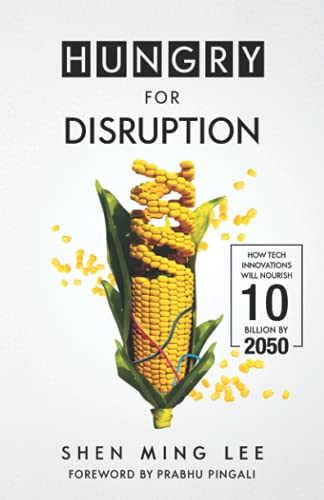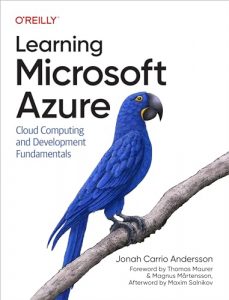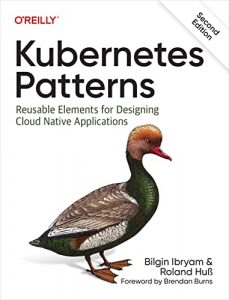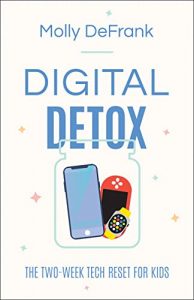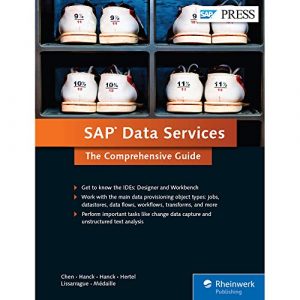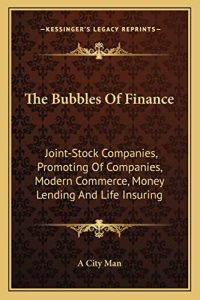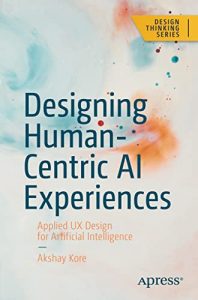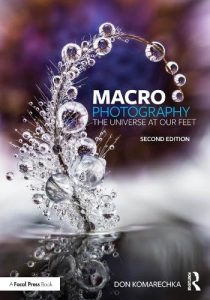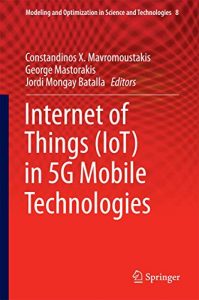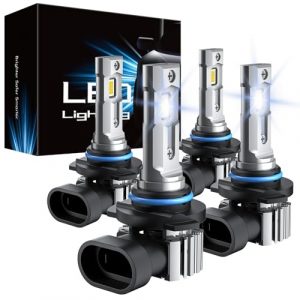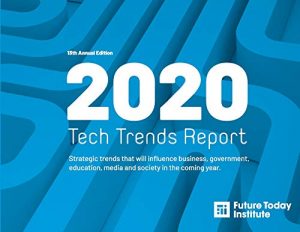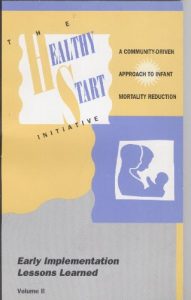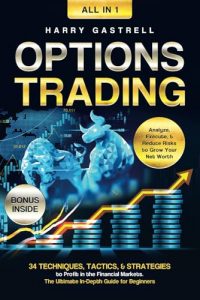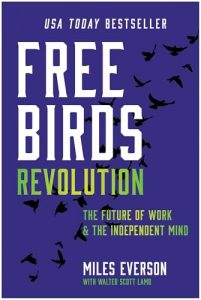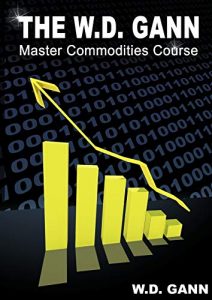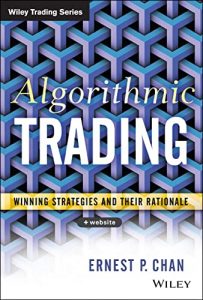Discover Groundbreaking Innovations in Food Technology
As we stand on the brink of a food revolution driven by technology, the books we explore today offer critical insights into how we can leverage innovation to address global challenges. Here’s a selection of must-reads that every enthusiast of food technology and innovation should delve into.
1. Hungry For Disruption: How Tech Innovations Will Nourish 10 Billion By 2050
Authored by Shen Ming Lee, “Hungry For Disruption” provides a compelling blueprint for how technology can help nourish a growing population. The book meticulously outlines strategies that blend sustainability with digital innovations to ensure food security in the future. Lee’s insights not only stimulate thought but also encourage proactive measures towards embracing technology in agriculture. It’s a vital read for anyone interested in how the convergence of technology and food can lead to better outcomes for humanity.

2. Advancing Food Technology: Leverage Tech Innovations To Increase Food Production
Pasty Otani’s work, “Advancing Food Technology“, delves into the critical role of technological advancements in enhancing food production systems. This book is a treasure trove for industry professionals and agriculturalists eager to understand the latest techniques and trends. With real-world applications and a thorough analysis of emerging technologies, this book is essential for anyone looking to make informed decisions in food production. Its practical approach can help bridge the gap between theoretical knowledge and on-the-ground application.

3. How Big-Tech Barons Smash Innovation—and How to Strike Back
Through the sharp insights of Ariel Ezrachi and Maurice E. Stucke in “How Big-Tech Barons Smash Innovation“, readers are confronted with the stark realities of monopolization in the tech industry. This book challenges entrepreneurs and innovators to think critically about the landscape of competition and the ethical implications of tech advancement. It’s a thought-provoking read for anyone keen on the intersection of technology, competition law, and innovation ethics.

4. Product Innovation Toolbox: A Field Guide to Consumer Understanding and Research
For those involved in product development, “Product Innovation Toolbox” by Lopetcharat, Paredes, and Beckley serves as an indispensable guide. This book equips readers with tools to understand consumer needs better and to implement successful research strategies. It’s packed with practical advice and case studies, making it an essential read for designers, product managers, and anyone interested in the intricacies of innovative design.

5. Innovation Analytics: Tools For Competitive Advantage
Nachiappan Subramanian along with his co-authors presents “Innovation Analytics“, a deep dive into the analytical tools that can be leveraged to gain a competitive edge. This book offers actionable insights on how to harness data-driven strategies to fuel innovation. For entrepreneurs and business leaders looking to navigate the fast-paced landscape of innovation, this book is a critical companion for success.

6. Teaching Innovations in Lipid Science
Randall J. Weselake’s “Teaching Innovations in Lipid Science” offers transformative ways of approaching lipid research and education. This book has the potential to reshape curricula and teaching methods, making it a valuable resource for educators and students alike. Weselake brings freshness in the field of lipid science, making this a must-read for those pursuing education in science and technology.

7. Free Innovation
Eric Von Hippel’s “Free Innovation” takes a unique approach by exploring how innovations can come from users rather than companies. This book disrupts traditional business models and presents an exciting view of the democratization of innovation. Its focus on grassroots innovation is especially refreshing and pertinent to contemporary discussions on creativity and collaboration.

8. Democratizing Innovation
In “Democratizing Innovation“, Eric Von Hippel asserts that innovation should belong to the masses. This insightful book redefines the roles of producers and innovators in society, emphasizing user-led innovation as a powerful force for social change. It’s an eye-opener for entrepreneurs and policymakers alike, showcasing how collaboration can drive substantial benefits.

These books collectively present a fascinating perspective on how food technology and innovation are shaping our world. Whether you are a professional in the field or simply passionate about the future of food, these reads offer invaluable knowledge and inspiration.

